Increased Focus on Food Safety
Food safety remains a paramount concern for consumers and manufacturers, significantly influencing the Aluminum Bags Pouches Market. The use of aluminum pouches is increasingly recognized for their ability to provide an effective barrier against moisture, light, and oxygen, which are critical factors in preserving food quality. Recent statistics indicate that the food packaging sector is expected to witness a growth rate of around 5% annually, driven by heightened awareness of food safety standards. This trend underscores the importance of utilizing materials that ensure product integrity and safety. Consequently, the Aluminum Bags Pouches Market is poised to capitalize on this focus, as manufacturers seek reliable packaging solutions that meet stringent food safety regulations.
Expansion of the Beverage Sector
The Aluminum Bags Pouches Market is significantly influenced by the expansion of the beverage sector, particularly in ready-to-drink products. The convenience of aluminum pouches aligns well with the fast-paced lifestyle of consumers, making them an attractive option for beverage packaging. Recent market analysis suggests that the beverage packaging segment is projected to grow at a CAGR of approximately 6% over the next few years. This growth is driven by the increasing demand for on-the-go beverage options, which require packaging that is both lightweight and durable. As a result, the Aluminum Bags Pouches Market stands to gain from this trend, as manufacturers look to innovate and provide packaging solutions that cater to the evolving preferences of consumers.
Rising Demand for Flexible Packaging
The Aluminum Bags Pouches Market is experiencing a notable increase in demand for flexible packaging solutions. This trend is largely driven by the growing consumer preference for lightweight and easy-to-handle packaging options. Flexible packaging not only enhances product shelf life but also reduces material waste, aligning with sustainability goals. According to recent data, the flexible packaging segment is projected to grow at a compound annual growth rate (CAGR) of approximately 4.5% over the next five years. This growth is indicative of a broader shift towards more adaptable packaging solutions that meet the evolving needs of consumers and manufacturers alike. As a result, the Aluminum Bags Pouches Market is likely to benefit from this rising demand, positioning itself as a key player in the flexible packaging landscape.
Growth of E-commerce and Online Retail
The rise of e-commerce and online retail is significantly impacting the Aluminum Bags Pouches Market. As more consumers turn to online shopping, the demand for packaging that ensures product safety during transit has surged. Aluminum pouches are increasingly favored for their lightweight and protective qualities, making them ideal for shipping various products, including food and personal care items. Recent reports indicate that the e-commerce sector is projected to grow at a CAGR of approximately 7% in the coming years. This growth presents a substantial opportunity for the Aluminum Bags Pouches Market, as businesses seek reliable packaging solutions that can withstand the rigors of shipping while maintaining product quality.
Technological Advancements in Packaging
Technological advancements are playing a crucial role in shaping the Aluminum Bags Pouches Market. Innovations in materials science and manufacturing processes are enabling the production of more efficient and sustainable packaging solutions. For instance, advancements in barrier technology have led to the development of aluminum pouches that offer enhanced protection against environmental factors. This is particularly relevant in sectors such as pharmaceuticals and cosmetics, where product integrity is vital. Market data indicates that the packaging technology sector is expected to grow at a CAGR of around 5.5%, reflecting the increasing investment in research and development. As these technologies continue to evolve, the Aluminum Bags Pouches Market is likely to benefit from improved product offerings and enhanced consumer appeal.


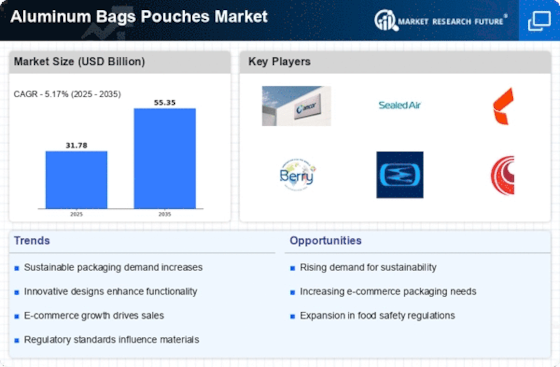
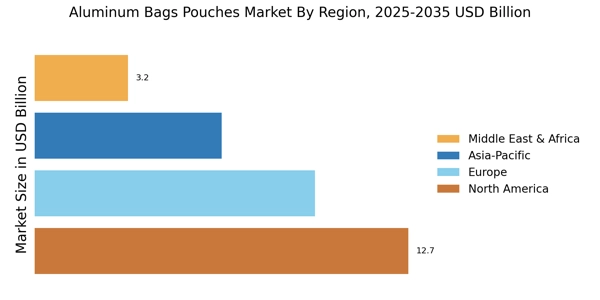

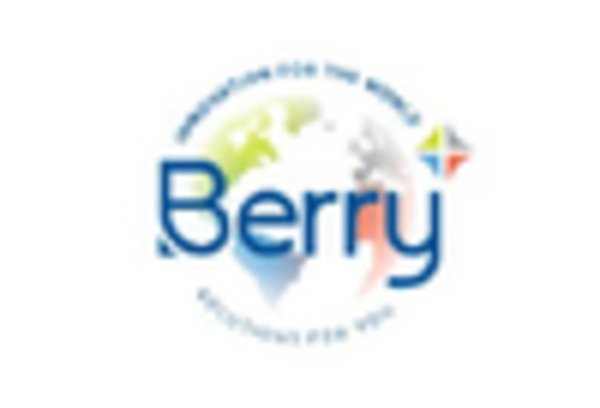
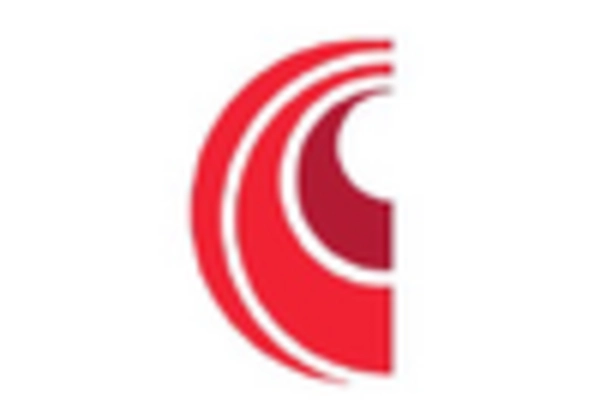

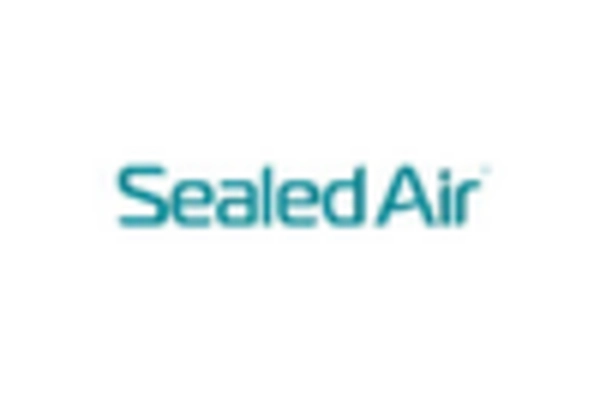
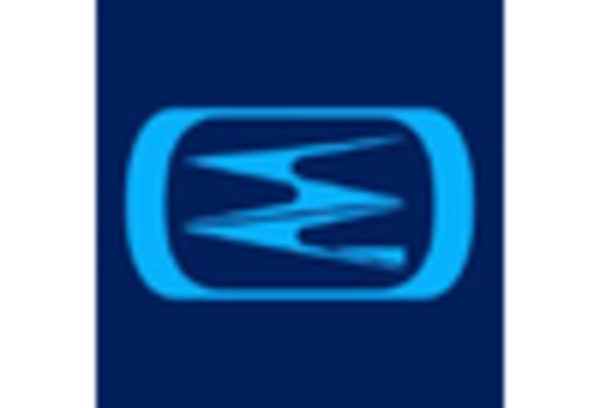








Leave a Comment